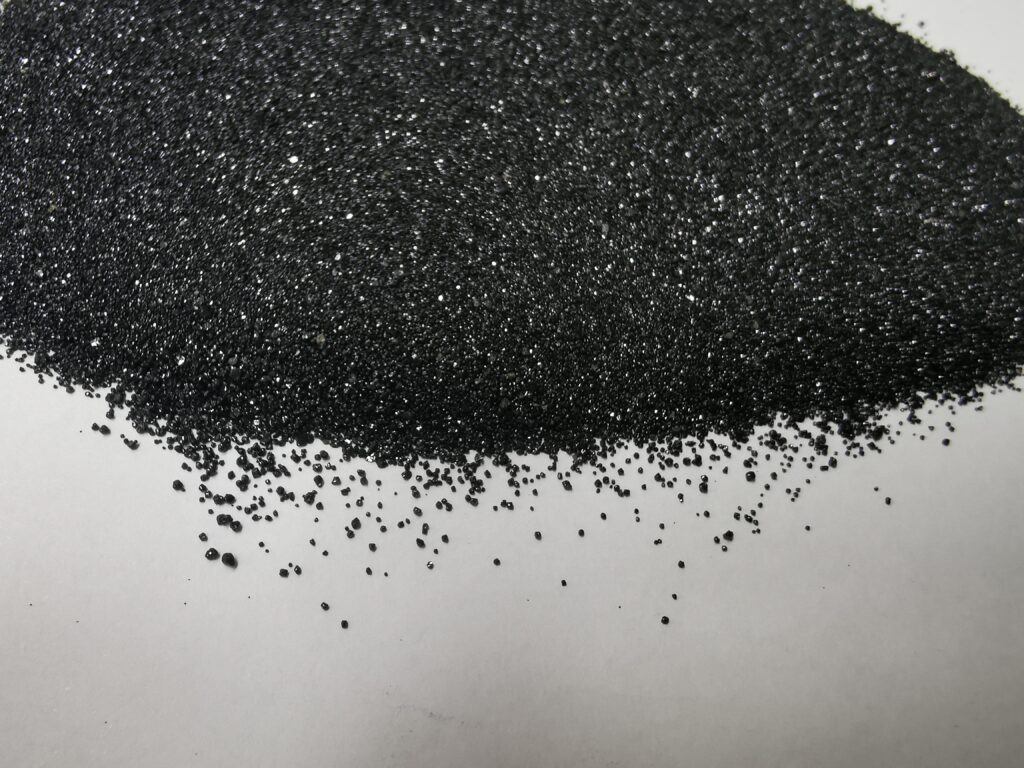Chromite sand is widely used in the foundry industry due to its unique properties, making it suitable for various casting applications, particularly in ferrous and non-ferrous metal casting. Below are the key applications and benefits of chromite sand in foundries:
1. Molding and Core Making
Chromite sand is used as a molding material for both green sand and resin-bonded sand systems.
It is ideal for making cores in steel and iron castings due to its high thermal stability.
2. Facing Sand in Molds
Often applied as a facing sand (a thin layer in contact with molten metal) to improve surface finish and reduce metal penetration.
Prevents burn-on defects and sand fusion in high-temperature casting processes.
3. High-Temperature Applications
With a high melting point (~2,180°C), chromite sand is suitable for steel, stainless steel, and high-alloy castings where silica sand fails (due to its lower melting point).
Resists thermal expansion and reduces veining defects.
4. Non-Ferrous Casting (Aluminum, Copper, etc.)
Used in non-ferrous foundries to improve cooling rates and reduce casting defects like shrinkage porosity.
5. Ladle and Tundish Linings
Chromite sand is used in refractory linings for ladles and tundishes in continuous casting due to its resistance to slag and metal erosion.
6. Self-Setting (No-Bake & Cold-Box) Systems
Works well with chemical binders (phenolic urethane, furan, silicate) for improved strength and dimensional accuracy.
Advantages of Chromite Sand in Foundries:
High Thermal Conductivity – Promotes faster solidification, reducing shrinkage defects.
Low Thermal Expansion – Minimizes mold cracking and metal penetration.
Chemical Inertness – Resists reactions with molten metal and slag.
High Density – Provides better compaction and stability in molds.
Reusability – Can be reclaimed and reused in certain applications.
Common Casting Processes Using Chromite Sand:
Steel & Ductile Iron Castings (e.g., automotive, heavy machinery)
Stainless Steel Castings (e.g., valves, pumps)
Large & Thick-Section Castings (where cooling control is critical)
Limitations:
Higher cost compared to silica sand.
Requires proper dust control due to potential health concerns (chromium content).
Conclusion:
Chromite sand is a premium foundry material, particularly valuable in high-temperature and precision casting applications where silica sand falls short. Its use improves casting quality, reduces defects, and enhances productivity in demanding foundry environments.

